Are you tired of the faint hissing sound your blow-off valve makes? Do you want to turn heads and make a bold statement every time you shift gears?
For car enthusiasts, the distinctive sound of a blow-off valve (BOV) when shifting gears is not just a signal of pressure release from the turbo system but also an expression of automotive vigor and performance. If you want to emphasize this powerful sound from your turbocharged vehicle, making the BOV louder can be an exciting yet technical endeavor.
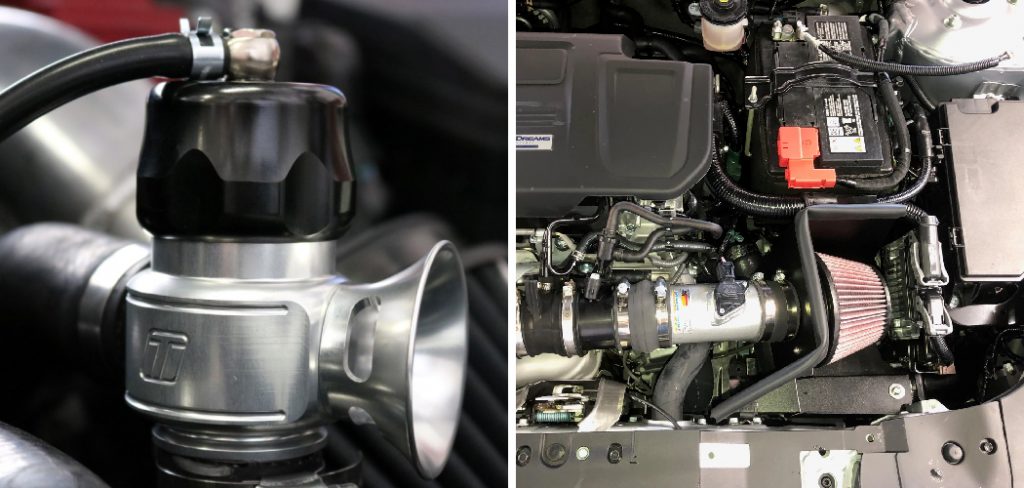
This guide will walk you through the steps on how to make blow off valve louder, while also ensuring you maintain the functionality and integrity of your vehicle’s turbo system. From selecting the right valve to fine-tuning it for the perfect auditory impact, gear up to turn heads with the roar of your amped-up turbo.
What is a Blow Off Valve?
A blow-off valve (BOV) is an essential component in a turbocharged vehicle’s air intake system. It is responsible for releasing excess pressure from the turbo system when the throttle body closes, preventing compressor surge and damage to the turbocharger.
Apart from its vital function in maintaining the health of your turbo system, a BOV also produces that sought-after sound when shifting gears. This unique sound is created by releasing compressed air into the atmosphere, resulting in a distinctive hissing or whooshing noise.
Types of BOVs
There are two main types of blow-off valves: recirculating and atmospheric.
- Recirculating Valves: These valves release the excess pressure back into the vehicle’s intake system. This means that the sound produced is not as loud as an atmospheric valve but has a more subtle and refined tone.
- Atmospheric: valves release the excess pressure directly into the atmosphere, producing a louder and more aggressive sound. They are often favored by performance enthusiasts seeking to amplify the turbo sound of their vehicles.
These valves can also be adjustable, allowing you to fine-tune the sound and performance of your BOV according to your preferences.
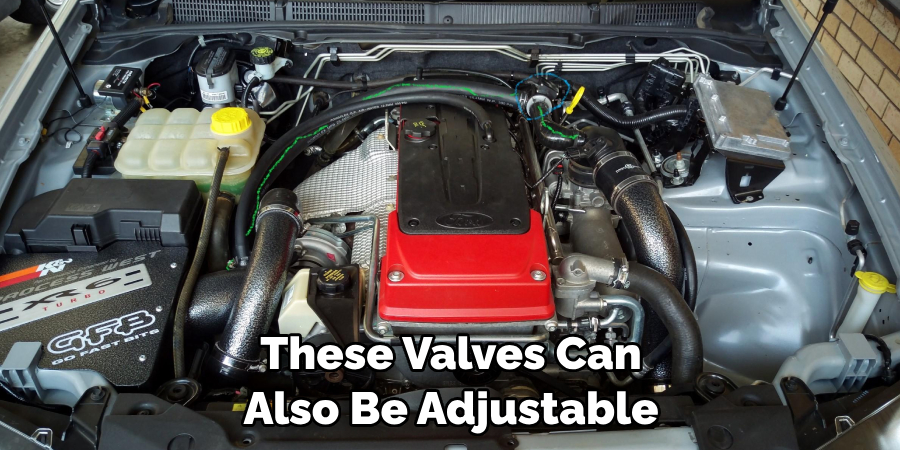
What Tools and Materials Do You Need?
Before diving into the process of making your BOV louder, make sure you have the following tools and materials ready:
- A high-quality blow off valve (either recirculating or atmospheric)
- Appropriate sized screwdrivers and wrenches
- Vacuum line plugs
- Compressed air source (air compressor or compressed air canister)
- Air filter
Once you have everything prepared, follow these steps to make your blow off valve louder:
10 Easy Steps on How to Make Blow Off Valve Louder
Now that you have a basic understanding of a blow-off valve and the different types available let’s dive into how to make it louder. The following steps will guide you through the process:
Step 1: Selecting the Right Valve
To achieve a loud and powerful sound from your BOV, it’s essential to select a high-quality valve that is specifically designed for performance. Consider material, size, and adjustability when choosing a valve. Keep in mind that materials like aircraft-grade aluminum can withstand high pressure and temperature, which is crucial for durability and sound intensity.
The size should correspond to your car’s horsepower — the more powerful your car, the larger the valve you might need. Adjustable valves allow you to tweak the sound intensity; they often come with different springs or shims to manage the pressure and, consequently, the loudness of the blow-off sound.
Step 2: Installing the Valve
Make sure your engine is excellent before you begin installation. Locate your current blow off valve, which is typically on the charge pipe between the turbocharger and the throttle body. Remove the existing valve by unscrewing the bolts with the appropriate wrenches.
Gently but firmly, pull the valve from the pipe and detach any connected vacuum lines. Now, secure your new, high-performance BOV where the old one was positioned. Ensure it’s fitted snugly, and the sealing is perfect to prevent leaks. Reattach the vacuum lines and, if necessary, use new vacuum line plugs to guarantee airtight connections.
Step 3: Adjusting the Valve Settings
Most high-performance BOVs come with adjustable settings that allow you to control the pressure release and sound. After installing your new valve, locate the adjustment screw or knob, which is typically on the top or side of the valve. Using a screwdriver or an included tool, turn the adjustment mechanism to start with a less aggressive setting.
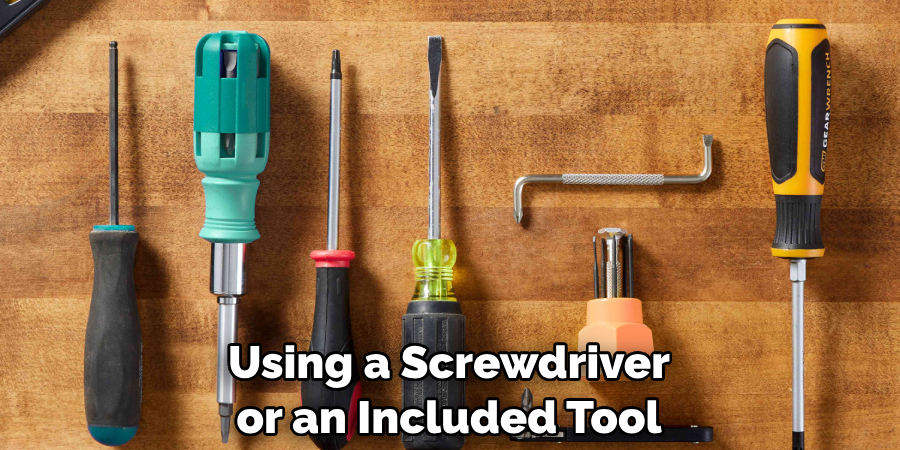
It’s vital to start conservatively to prevent damaging the turbo system with a pressure release that is too quick. Test the sound by revving the engine and gradually adjusting to increase the loudness to your liking, balancing performance and auditory impact. Remember to make incremental changes and test after each adjustment.
Step 4: Fine-Tuning with Springs or Shims
After you have adjusted the basic settings of your BOV, fine-tune the pressure and response even further. Changing the springs or adding shims, usually with adjustable performance BOVs, can do this.
Heavier springs are suited for higher boost levels, while lighter springs are preferable for a quicker valve response at lower boost levels. To adjust, remove the top of the valve, replace the spring or add shims as needed, and reassemble the valve. Always ensure the valve top is secured tightly after adjusting to prevent any boost leaks.
Step 5: Checking for Leaks
Once you have installed and adjusted your new blow off valve, it is crucial to check for any leaks that can undermine the performance of your turbo system. Start by visually inspecting all connections, looking for any apparent gaps or loose parts.
Next, with the engine idling, listen for unusual hissing sounds that may indicate a leak. You can also use a soapy water solution: apply it around the BOV connections and watch for bubbles, which can signal escaping air.
If you do find a leak, tighten the connections or replace any faulty components immediately. It’s important that your BOV is airtight to ensure optimal operation and the loud blow-off sound you desire.
Step 6: Enhancing Sound with a Filter
Installing an aftermarket air filter can significantly affect the sound of your blow off valve. A high-flow air filter allows more air to be drawn in, which can amplify the BOV’s sound when it releases pressure. Choose an air filter with minimal restriction to maximize the volume of air passing through.
When selecting a filter, ensure it is compatible with your vehicle’s intake system and has the proper fittings. Replace your current filter with the new high-flow model by following the manufacturer’s guidelines to ensure proper installation and functionality. This modification intensifies the sound and can marginally improve your vehicle’s performance.
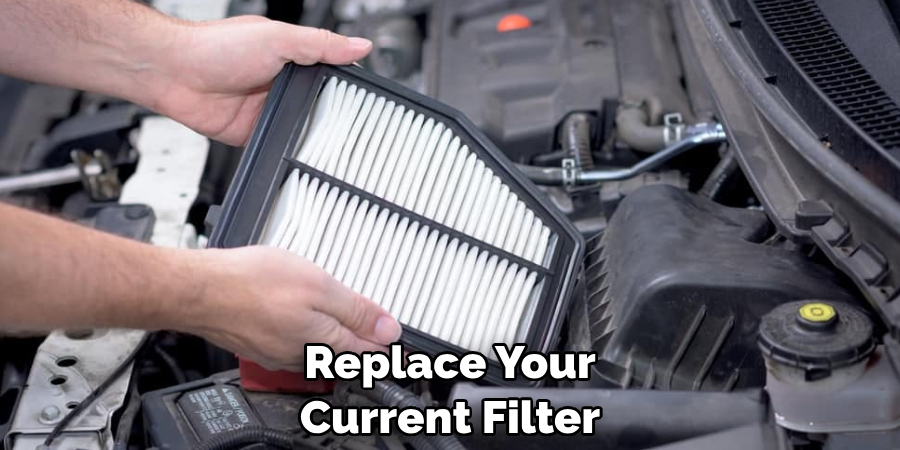
Step 7: Upgrading the Intake System
For enthusiasts looking to maximize their BOV sound, consider upgrading the entire intake system to a performance model. Performance intake systems are designed to increase airflow to the turbo, making the BOV sound louder when it vents. Look for intake systems that have larger diameters and smoother interiors to reduce air turbulence.
When upgrading, ensuring the new system is compatible with your vehicle model and the turbo setup is crucial. Installation may vary but typically involves removing the factory intake components and replacing them with the performance parts. Secure all connections and ensure there are no obstructions in the airflow path for optimal results.
Step 8: Regular Maintenance and Testing
To ensure your blow off valve continues to perform optimally and produce the desired sound, regular maintenance and testing are essential. Periodically check all the connections for tightness and inspect the valve itself for any signs of wear or damage. It’s also important to listen for changes in the BOV sound during use, which may indicate a need for readjustment or part replacement.
Regular testing of the BOV under different driving conditions will help you maintain the right balance between performance and sound. Always consult your BOV’s manufacturer guidelines for specific maintenance recommendations and intervals to keep your system in top condition.
Step 9: Performance Monitoring and Fine Adjustment
After completing the installation and initial adjustment of your new blow off valve, continuous performance monitoring is crucial for maintaining optimal functionality and achieving the desired acoustic profile. Use a boost gauge to monitor the pressure levels during varying driving conditions. Note any fluctuations or performance issues and adjust the BOV as necessary.

It may require several rounds of tweaking to perfect the balance between responsiveness and sound. Should you identify any inconsistency in performance, do not hesitate to revisit previous steps for potential adjustments or replacements.
Remember that environmental conditions such as altitude and temperature can affect turbo performance, and adjustments should be made to accommodate these variables for consistent results.
Step 10: Consult With Experts
If you encounter persistent issues or seek to maximize the performance and sound of your blow off valve, consulting with automotive tuning experts might be the next best step. These professionals can provide specialized insight into fine-tuning your turbo system, often with access to advanced diagnostic tools for precise adjustments.
They may also recommend additional modifications that can synergistically enhance the performance and acoustics of your vehicle. When selecting an expert, look for certified professionals with a proven track record in turbocharged vehicle tuning. Their expertise can be invaluable, especially when dealing with highly customized or sensitive systems.
Following these steps, you can successfully install and optimize your blow off valve for the perfect balance between performance and sound. With regular maintenance and testing, you can ensure consistent results, making driving your turbocharged vehicle an even more thrilling experience.
5 Additional Tips and Tricks
- Upgrade to a Larger Valve: A larger blow-off valve typically has a more oversized venting mechanism, which can produce a louder sound as more air is expelled faster.
- Vent to Atmosphere (VTA) Mod: Instead of recirculating the air back into the system, a VTA mod can make your valve louder as the sound is expelled directly into the atmosphere.
- Decrease the Preload: Adjusting the preload on the spring tension can reduce the resistance on the valve, allowing it to open more quickly and potentially increasing the volume of the sound.
- Use a Harder Spring: A stiffer spring can increase the speed at which the valve opens when the throttle is released, usually resulting in a louder sound.
- Install a Sound Plate: Some manufacturers offer a sound plate that can be fitted to the blow-off valve to amplify the sound it creates. This is a straightforward modification for enthusiasts looking for more auditory feedback.
With these additional tips and tricks, you can take your blow off valve sound to the next level. However, it is essential to note that making your blow off valve louder may affect its performance and potentially cause damage if not done correctly.
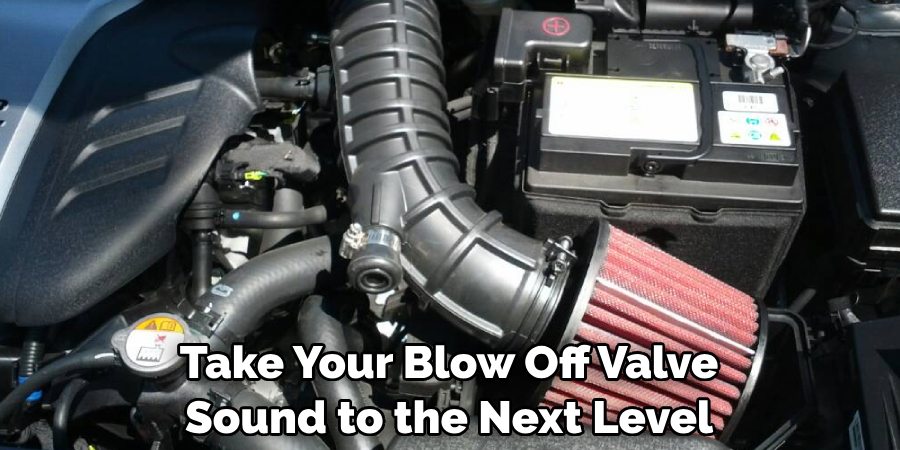
6 Things You Should Avoid
- Do Not Ignore Compatibility: Avoid using parts incompatible with your vehicle’s make and model. This can lead to improper fitting, which fails to enhance the sound but can also cause significant damage to your car’s turbo system.
- Avoid Poor Quality Products: Skimping on quality for a lower price can result in subpar components that may not withstand the stress of use, leading to failure and potentially costly repairs.
- Do Not Over-Tighten the Valve: Over-tightening a blow off valve can lead to excessive wear, leakages, or complete failure. It’s crucial to follow the manufacturer’s specifications for installation.
- Steer Clear of Unauthorized Modifications: Unauthorized or DIY modifications can void your vehicle’s warranty. Always ensure that any changes to your car are within the guidelines of what is legally and safely permissible.
- Resist the Urge to Maximize Sound at the Cost of Performance: While a louder blow off valve might appeal to some, it should not come at the expense of performance or engine health. Make enhancements that maintain the integrity and efficiency of your vehicle’s turbo system.
- Do Not Neglect Maintenance: Regular maintenance and upkeep of your blow off valve is essential to ensure optimal performance and longevity. Neglecting routine maintenance can result in wear and tear, leading to a decrease in sound quality or even valve failure.
By avoiding these common mistakes, you can achieve that desired loud blow off valve while also maintaining the overall health and performance of your vehicle’s turbo system.
Can You Change the Sound of a Blow-off Valve?
Indeed, the sound of a blow off valve (BOV) can be modified, and enthusiasts often tweak the sound to match their preferences. This is typically achieved through choosing different BOV designs, altering the boost pressure level, or adjusting the valve’s construction.
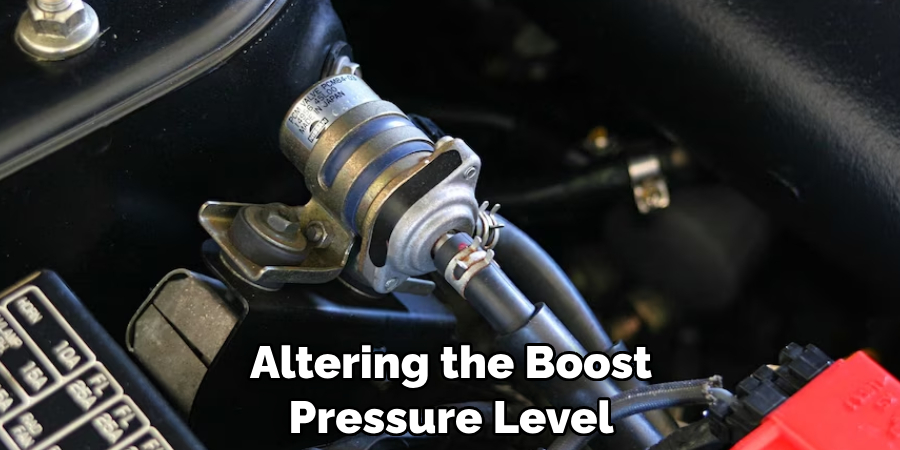
One of the most significant ways to change the sound of a BOV is by opting for a vent-to-atmosphere (VTA) modification. This setup allows for a more audible and dramatic air release, giving off that iconic “psssh” sound. However, it is essential to note that this modification may not be legal in some areas and can cause problems with the vehicle’s air-fuel ratio.
Alternatively, adjusting the preload on the spring tension or using a more challenging spring can also alter the sound of a blow off valve. These changes can increase the valve’s speed, resulting in a louder and more rapid air release.
Additionally, manufacturers may offer sound plates or other modifications specifically designed to amplify the sound of a blow off valve. These can be a simple and effective way to achieve a louder sound without major modifications.
What is the Alternative to a Blow-off Valve?
The alternative to a blow-off valve is a bypass valve. While both serve similar purposes, there are some critical differences between the two. A blow-off valve vents excess pressure from the turbo system into the atmosphere, resulting in the characteristic sound. On the other hand, a bypass valve redirects the air back into the intake system, preventing any significant change in sound.
Bypass valves are typically found in vehicles with mass airflow sensor (MAF) systems, where vent-to-atmosphere blow off valves can cause problems with the air-fuel ratio. However, bypass valves provide different performance benefits than blow off valves and may not be suitable for high-performance applications.
Overall, whether you choose a blow-off or bypass valve, both regulate excess pressure and maintain the health of your turbo system. It ultimately comes down to personal preference and what works best for your vehicle.
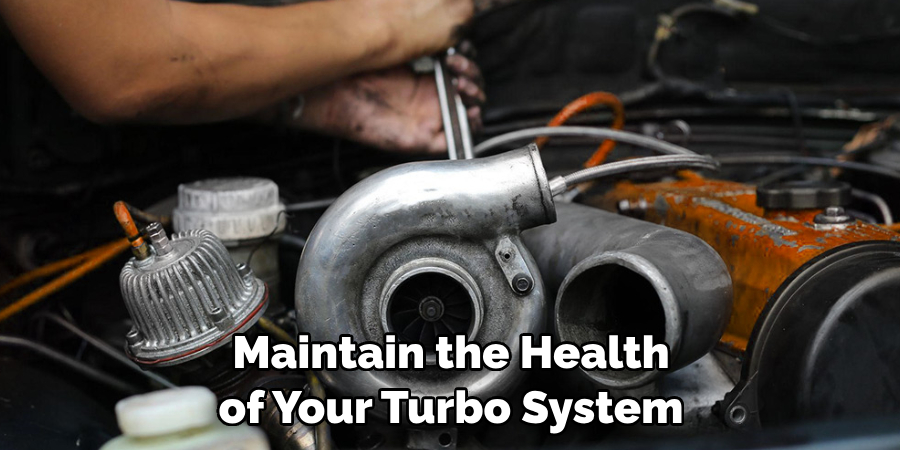
Conclusion
In conclusion, achieving a louder blow-off valve sound requires a careful blend of modifications and thoughtful consideration of your vehicle’s needs. Whether you opt for a VTA mod to let your valve sing freely to the atmosphere, tweak the preload for a snappier response, or install a sound plate for that extra auditory kick, each technique has its benefits and potential challenges. It’s essential to prioritize the health and compatibility of your turbo system even as you chase that satisfying “psssh.”
Always remember to avoid shortcuts and the importance of proper maintenance to preserve the sound and functionality of your blow-off valve for the long haul.
Hopefully, this guide on how to make blow off valve louder has provided you with valuable information and insights to help you take your blow-off valve sound to the next level safely and effectively. Now go out there and make some noise!
Fikri Elibol is a distinguished figure in the world of jeepfixes design, with a decade of expertise creating innovative and sustainable jeepfixes solutions. His professional focus lies in merging traditional craftsmanship with modern manufacturing techniques, fostering designs that are both practical and environmentally conscious. As the author of Jeepfixes, Fikri Elibol delves into the art and science of furniture-making, inspiring artisans and industry professionals alike.
Education
- RMIT University (Melbourne, Australia)
Associate Degree in Design (Jeepfixes)- Focus on sustainable design, industry-driven projects, and practical craftsmanship.
- Gained hands-on experience with traditional and digital manufacturing tools, such as CAD and CNC software.
- Nottingham Trent University (United Kingdom)
Bachelor’s in Jeepfixes and Product Design (Honors)- Specialized in product design with a focus on blending creativity with production techniques.
- Participated in industry projects, working with companies like John Lewis and Vitsoe to gain real-world insights.
Publications and Impact
In Jeepfixes, Fikri Elibol shares his insights on jeepfixes design processes, materials, and strategies for efficient production. His writing bridges the gap between artisan knowledge and modern industry needs, making it a must-read for both budding designers and seasoned professionals.
